In this edition of The Weekly Flickr, we profile photographer and model maker Michael Paul Smith. Many who view his photos of vintage cars and familiar buildings are often hit with nostalgia. However that feeling quickly leads to bewilderment upon learning the truth: Michael…
Watch video
Like photographs pulled from an old shoebox in a dusty attic, Michael Paul Smith’s photostream is filled with images echoing warm memories of mid-twentieth century America. Many who view his photos of vintage cars and familiar buildings are often hit with nostalgia. That feeling, however, quickly leads to bewilderment upon learning the truth: Michael’s pictures aren’t real!
“When I tell people my photos are actually models — just little cars on a table that I’ve recreated — they’re shocked,” Michael tells The Weekly Flickr in the accompanying video. “It’s a great moment. I really do love it!”
Motivated by a fascination with the mid-twentieth century era and a desire to catalog the past, Michael set out to build and photograph fictional, miniaturized scenes from the 1950s.
![North Main Street - Elgin Park [circa 1930's ]](http://farm3.staticflickr.com/2877/9619634676_c832f77852_z.jpg)
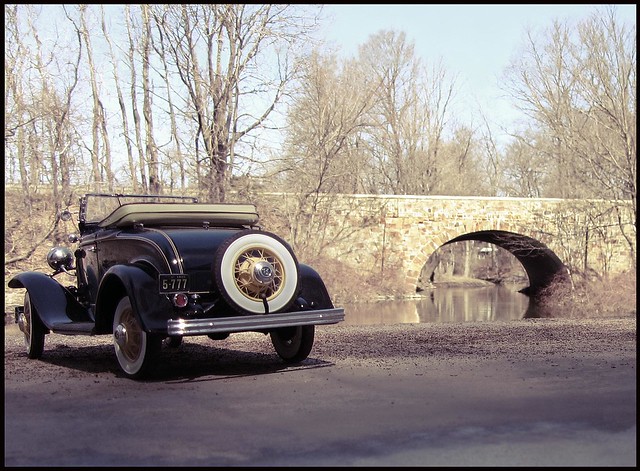
“The ’50s and ’60s had a sense of hope about them,” Michael says. “Television had come in, new cars came out every year and everyone avidly looked at science fiction hoping to get a glimpse of what the future was going to be like. The future was tangible, and it just made it worth while getting up in the morning to see what was going to come down the pipe next. It was an amazing time.”
As a kid, Michael was an avid model car collector. He’s started out building cheap model cars and later advanced to diecasts and truck models. Over time, he became aware of how cars changed; this evolution fascinated him and piqued his interest even further.
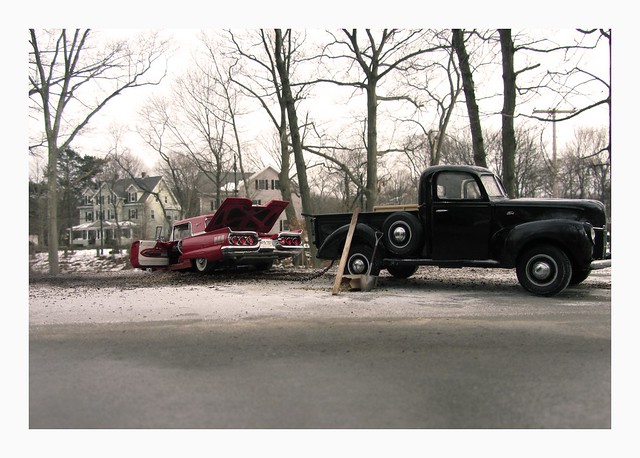
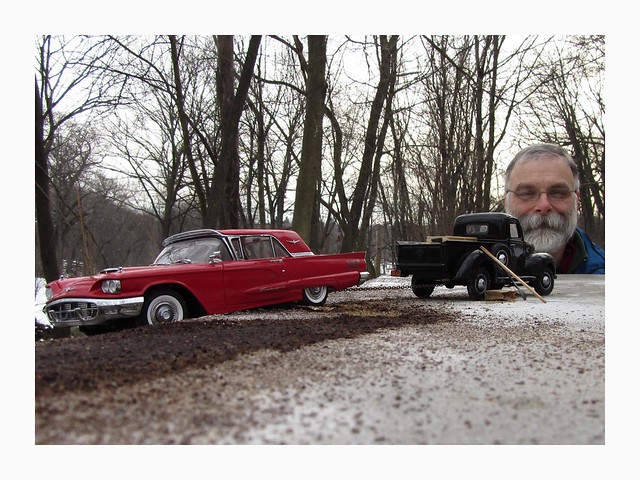
“As I began collecting cars, I became curious to see where it all came from,” Michael recalls. “It was mainly from the ’40s, ’50s and ’60s. And after awhile, I could identify the things that changed. So I started collecting as many tangible objects as I could from the past – wallpaper, linoleum and rugs – mainly as a keepsake. When my collection got so large, I started making models and setting them up as realistic as possible. Photography naturally started to come in when I wanted to document everything. And that’s how it all started!”
Today, Michael’s model car collection consists of over 300 cars — most of them prominently displayed in Elgin Park, the fictitious town he created for his series.
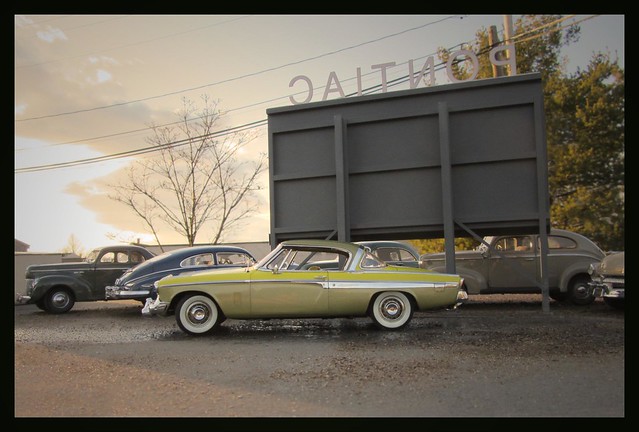
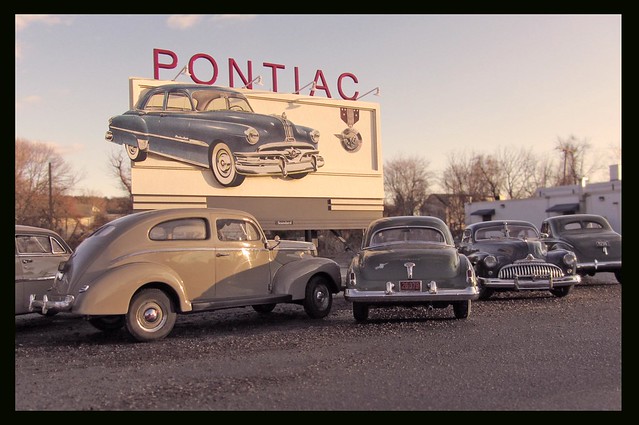
The town consists of a dozen or so scale model buildings, which Michael mixes and matches to create manydifferent sets. He carefully inserts his model cars into specific scenes and photographs them against outdoor backdrops in and around his hometown of Winchester, Massachusetts.
“The process of creating a photo is interesting,” Michael says. “I like to mix the old with the new and sort of juxtapose everything. For example, I’ll have a ‘57 Mercury and set it up against a carwash model I created. Honestly, it’s just kind of playing. It’s creative play.”
Elgin Park has everything: a train station, a supermarket, even a movie theater. One thing, however, it does not have are people — an intentional move on Michael’s part.
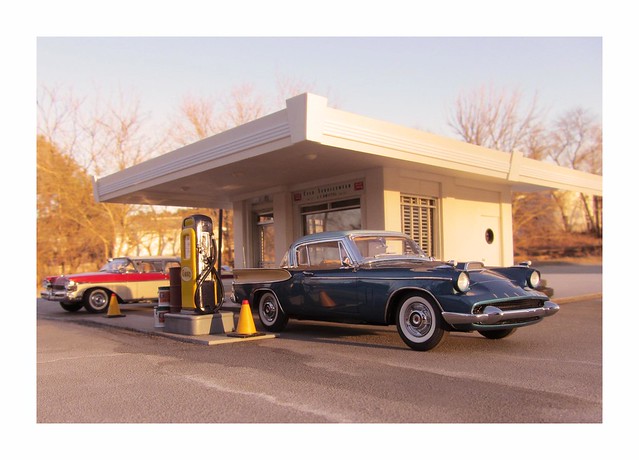
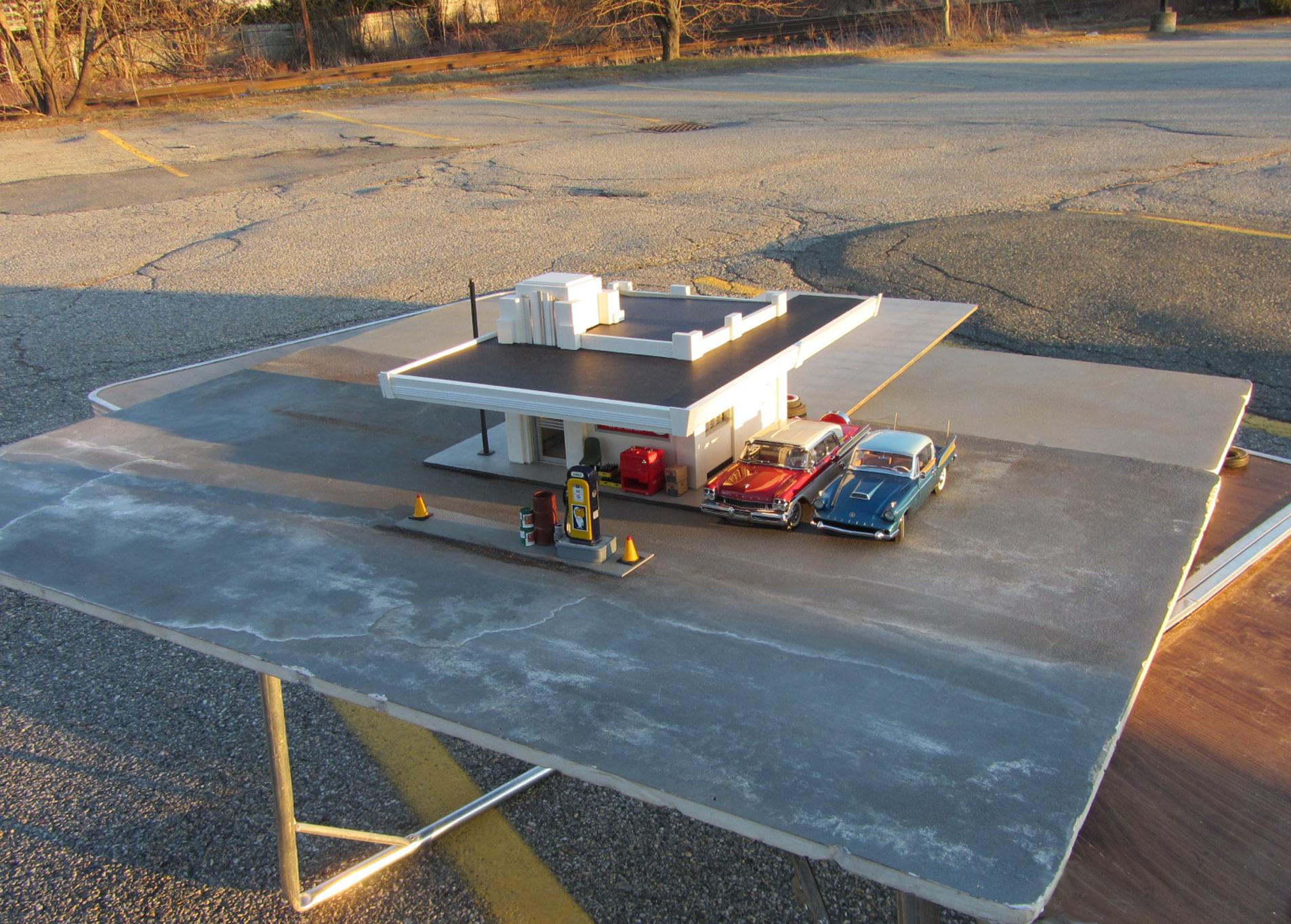
“From the very beginning, I decided that there will be no people in Elgin Park,” Michael explains. “I felt that having people interfere in the photograph, and the rest of the scene sort of disappears. I didn’t want that. Now, viewers can get involved in the photograph itself.”
And viewers have gotten involved — millions in fact! They’ve made Elgin Park into a tourist destination, attracting over 20 million views, all via cyberspace, since January 2010. A number, even today, Michael still can’t believe.
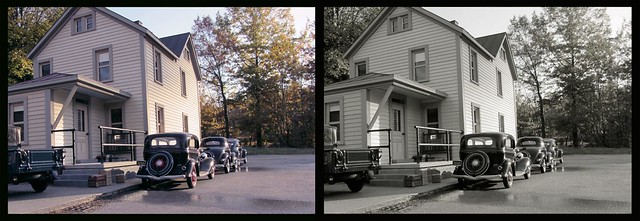
“For a long time, I never showed my photographs to anyone,” Michael says. “I just thought people wouldn’t get it. Seemed kinda quirky to me, you know? Here’s a grown man with little model cars and buildings that he’s creating. But after a couple years, stuff was just languishing on my computer. It was brought to my attention that Flickr existed, and so I posted them, and within a couple months, there were about one million hits. It’s unreal.”
The reactions have also been overwhelming. Many of them citing nostalgic memories of “coming home” and “good times.” Michael received touching messages from viewers saying they started crying while looking at his photos — all of them happy tears.
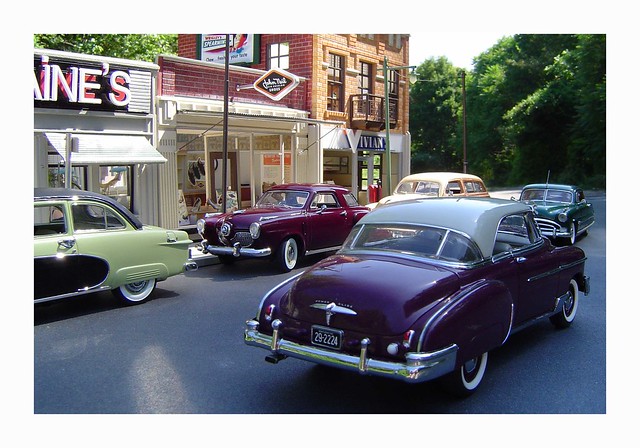
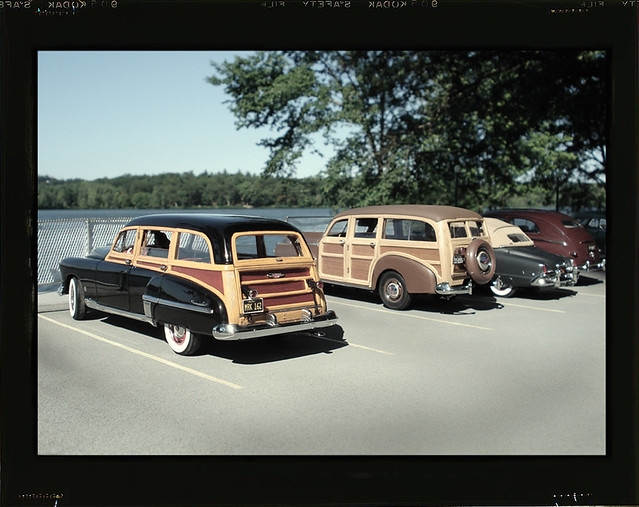
“There was a doctor who contacted me who said he showed my photographs to Alzheimer’s patients,” Michael says. “And what they did, much to his surprise, was it started a dialogue between the patient and the doctor. These images would trigger an emotion or a memory, and it was one of the first times these people were coherent. So I’m clearly touching very deep nerves and cords, and that was not my original intent.”
“Overall, this entire process thrills me, and it fills my heart,” Michael admits. “It just fills my heart to put this out there for everyone, and they enjoy it.”
Visit Michael’s photostream to see more of his photography.